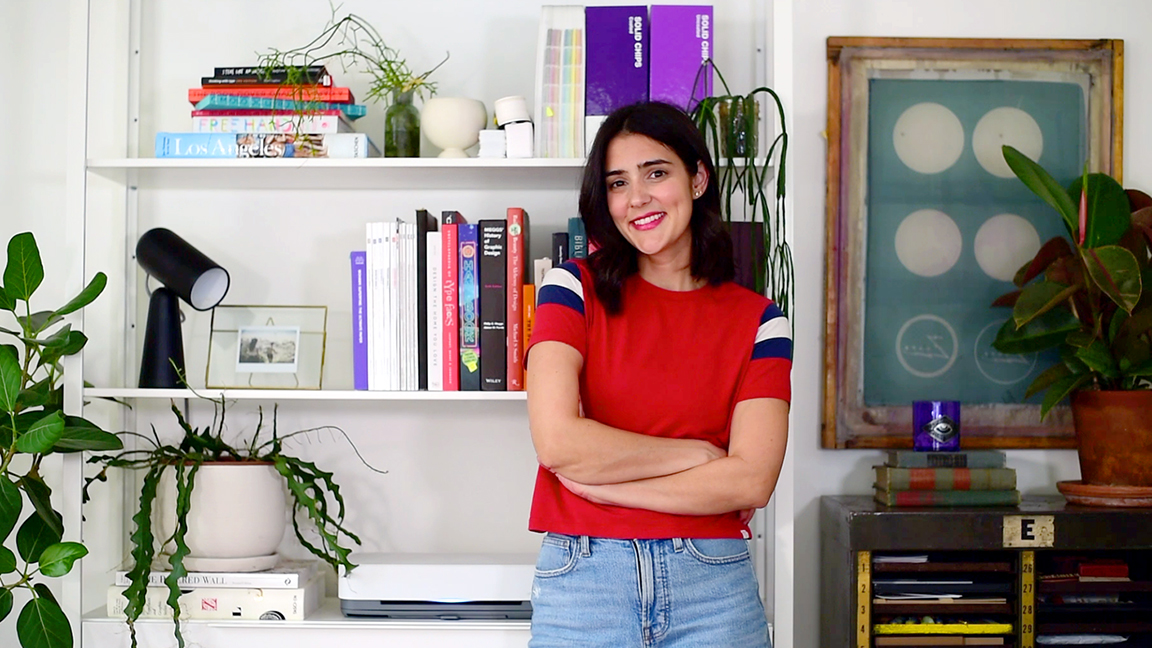
Recently acclaimed film graphic designer Gina Alessi revealed how she led an art department crafting the world of Manhunt for Apple TV+, a period drama about the hunt for Abraham Lincoln's assassin.
The project required hundreds of graphic designs, creating and recreating era perfect wallpapers, posters and signage as well as books, carpets and even the blanket Lincoln died on. You can see more of this work on Gina's portfolio website, as well as work on other productions for Netflix and FX, for shows including American Horror Story, Euphoria and The OA.
The detail of Gina's work is exacting, so I wanted to find out a little more about how a typical day plays out to create this much art for film and TV. Below Gina explains her day and offers advice for anyone wanting to follow in her footsteps.
Life as a graphic designer in film
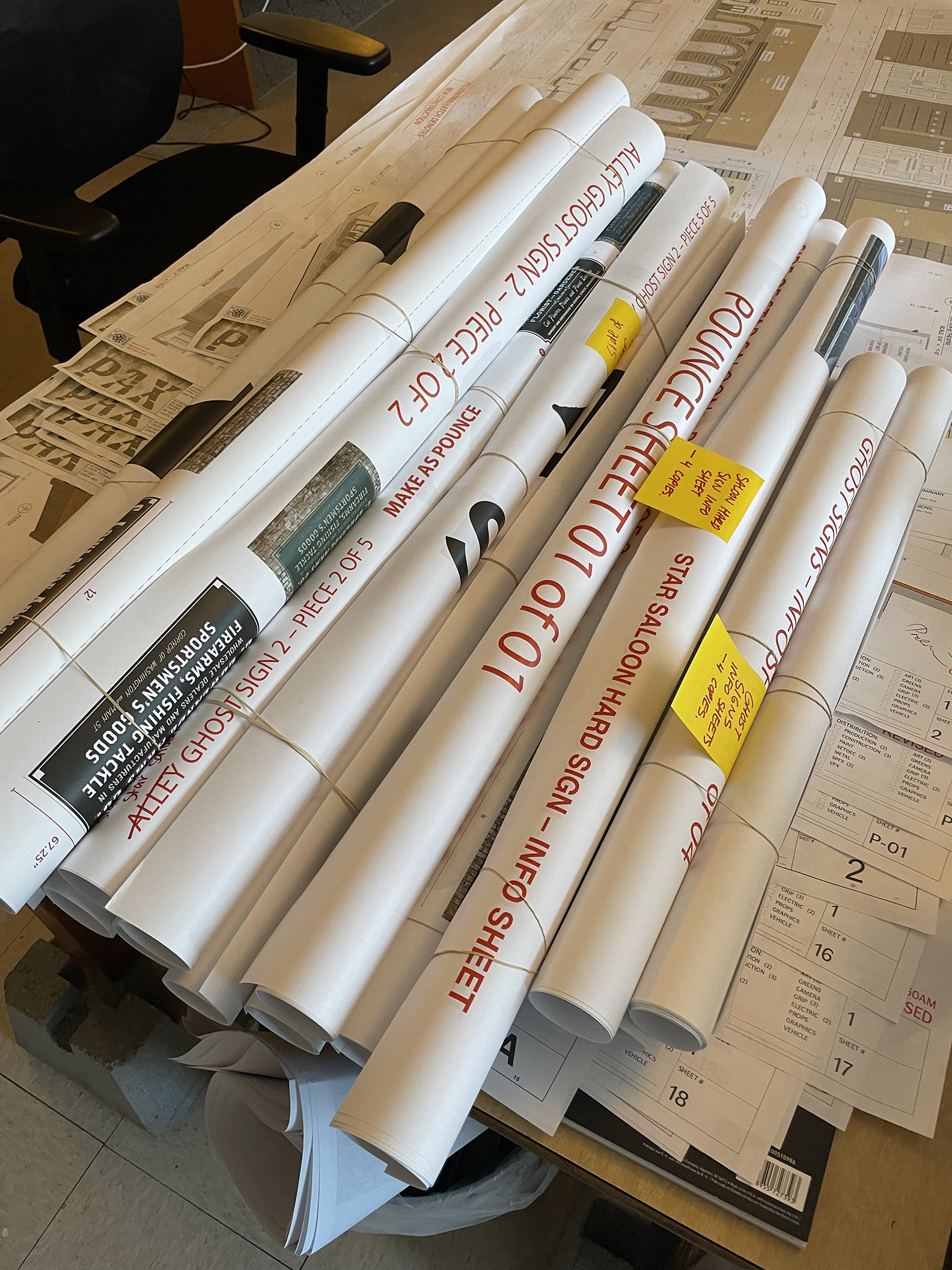
Graphic designers for film and television primarily work within the art department and due to the computer-based nature of the work, creating digital art and graphic design in Adobe Illustrator and Photoshop, as well as Procreate on iPad, Gina says the team doesn't "usually don't work on set but instead camp out in the art department office… It's a pretty lively atmosphere".
She goes on to describe a colourful and artistically chaotic work environment, saying: "We're surrounded by flurries of paper, set drawings, spontaneous conversations, problem-solving, research photos, material samples, schedules, and for me, lots of to-do lists."
She continues: "We typically work 10-hour days at minimum, so in the morning everyone gets their coffee and settles in for the long haul. Film graphic designers will have a huge volume of projects to get through – the magic 'key' to my creative process is organisation.
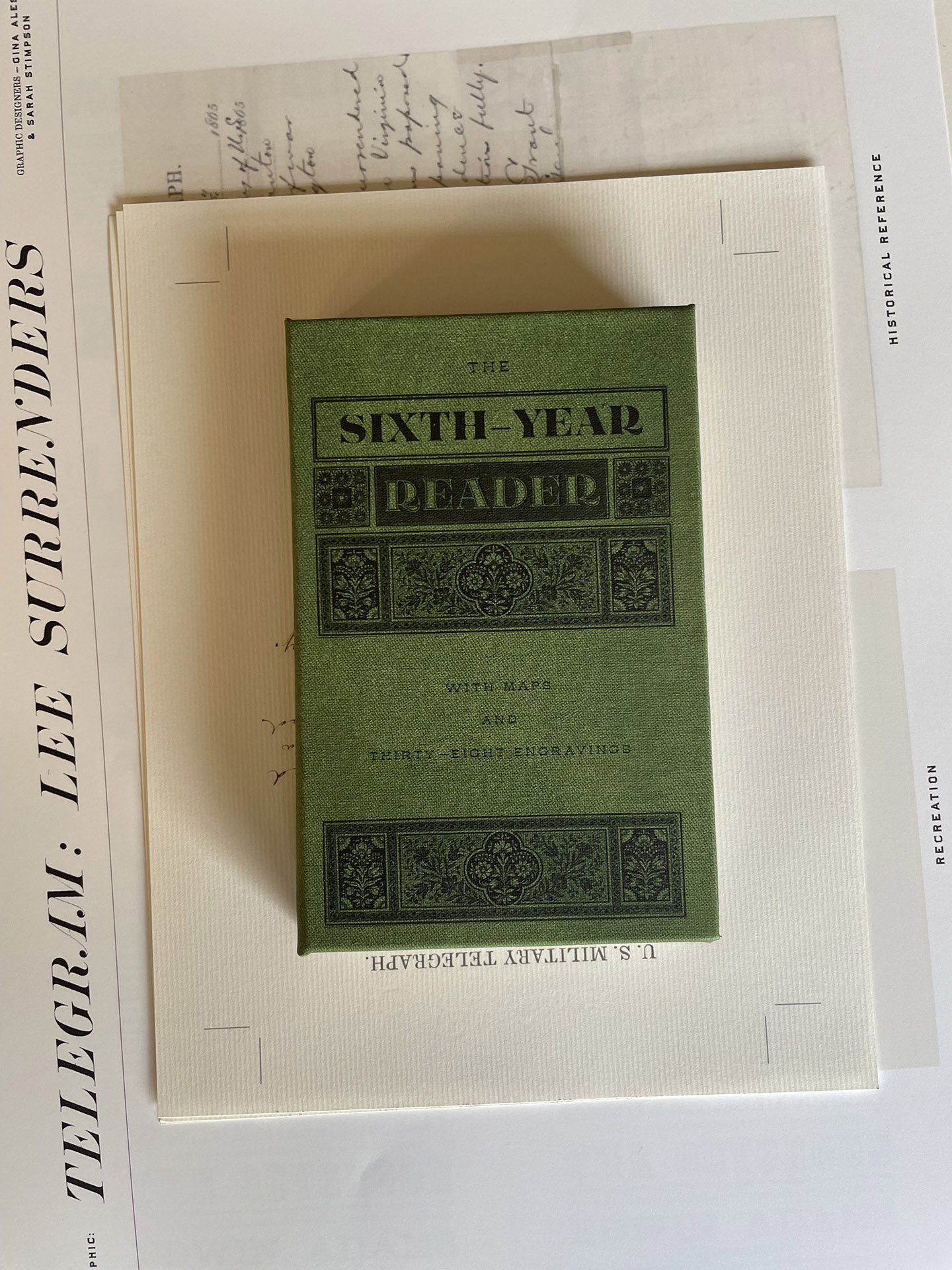
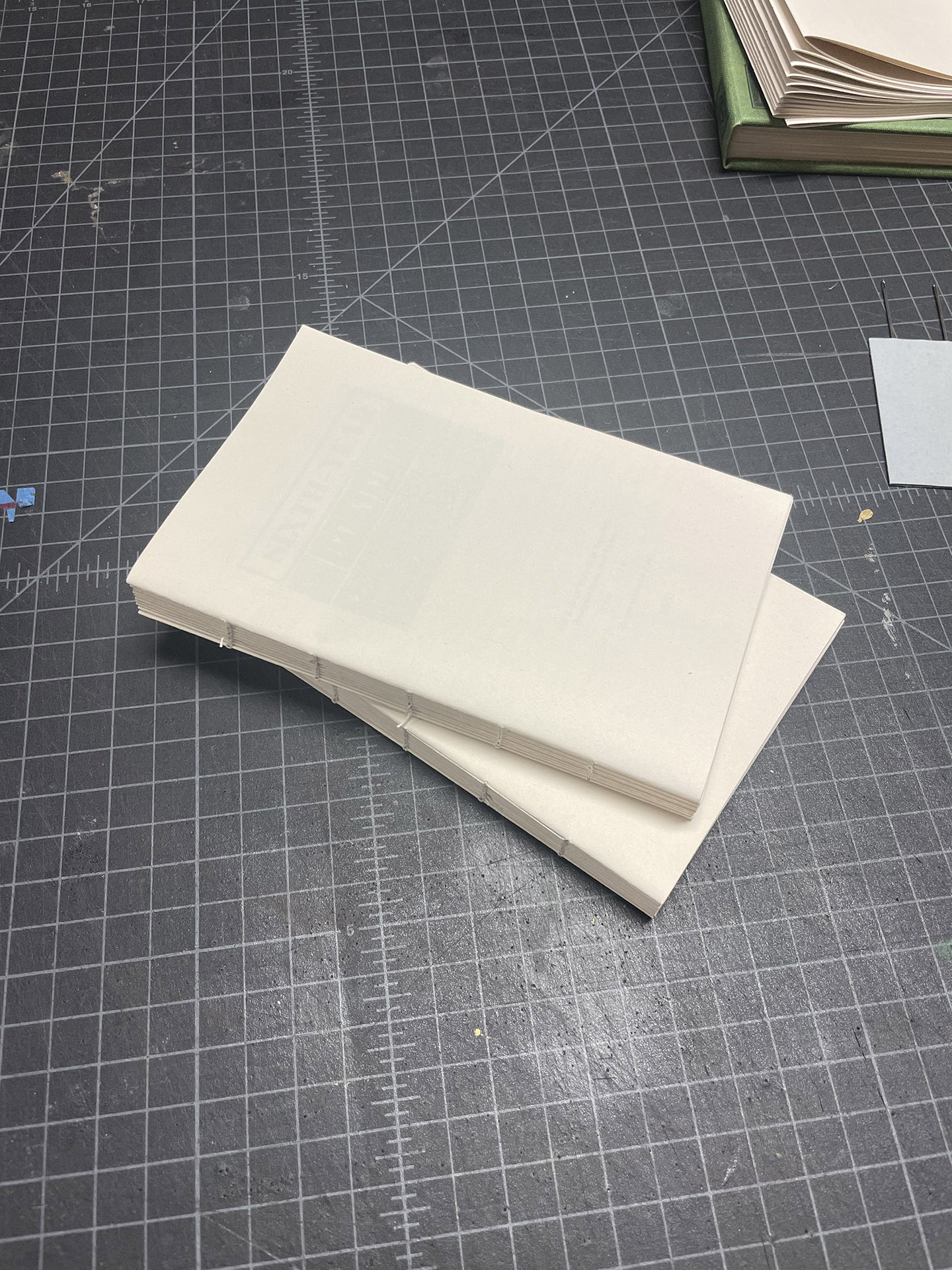
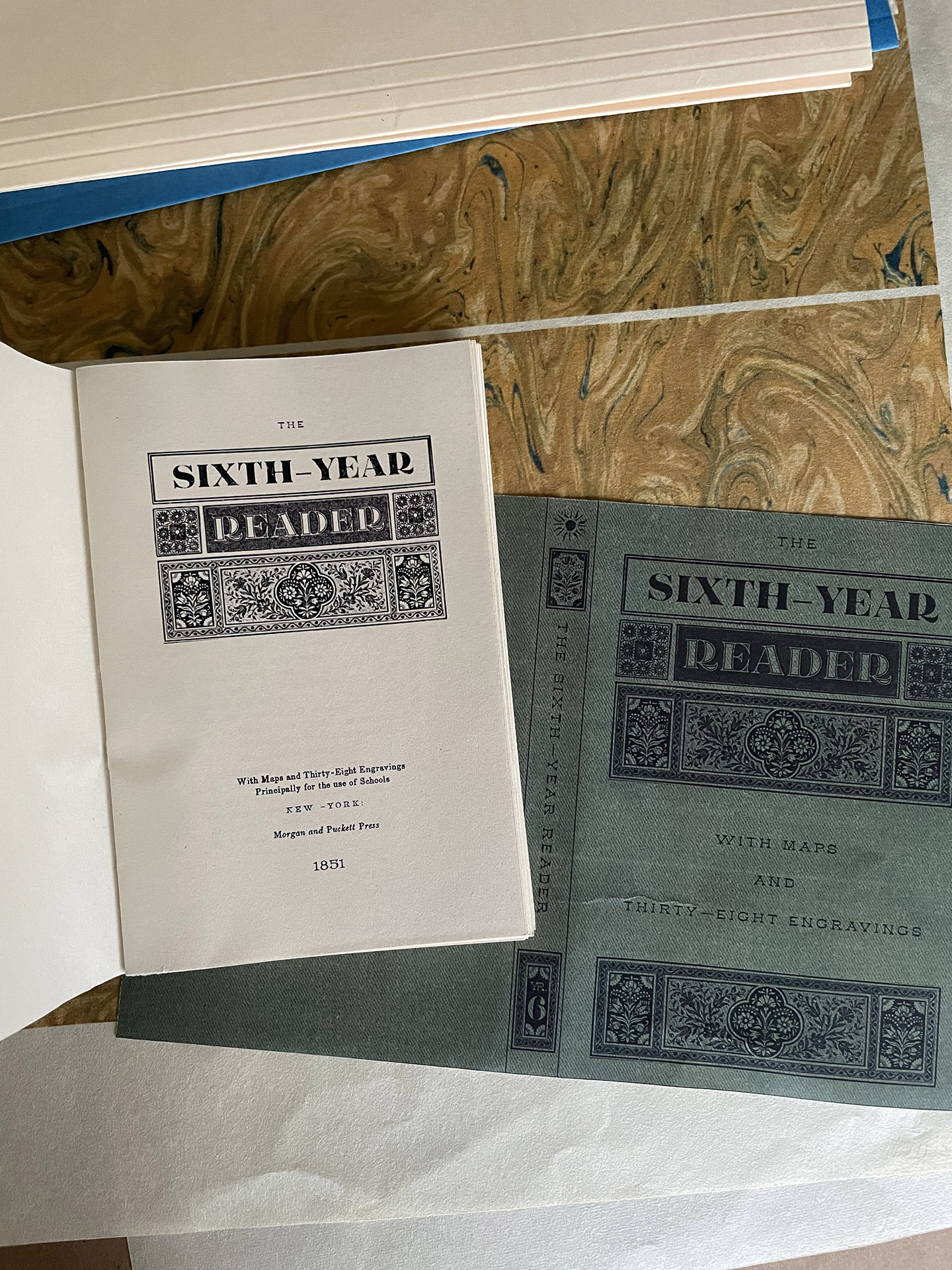
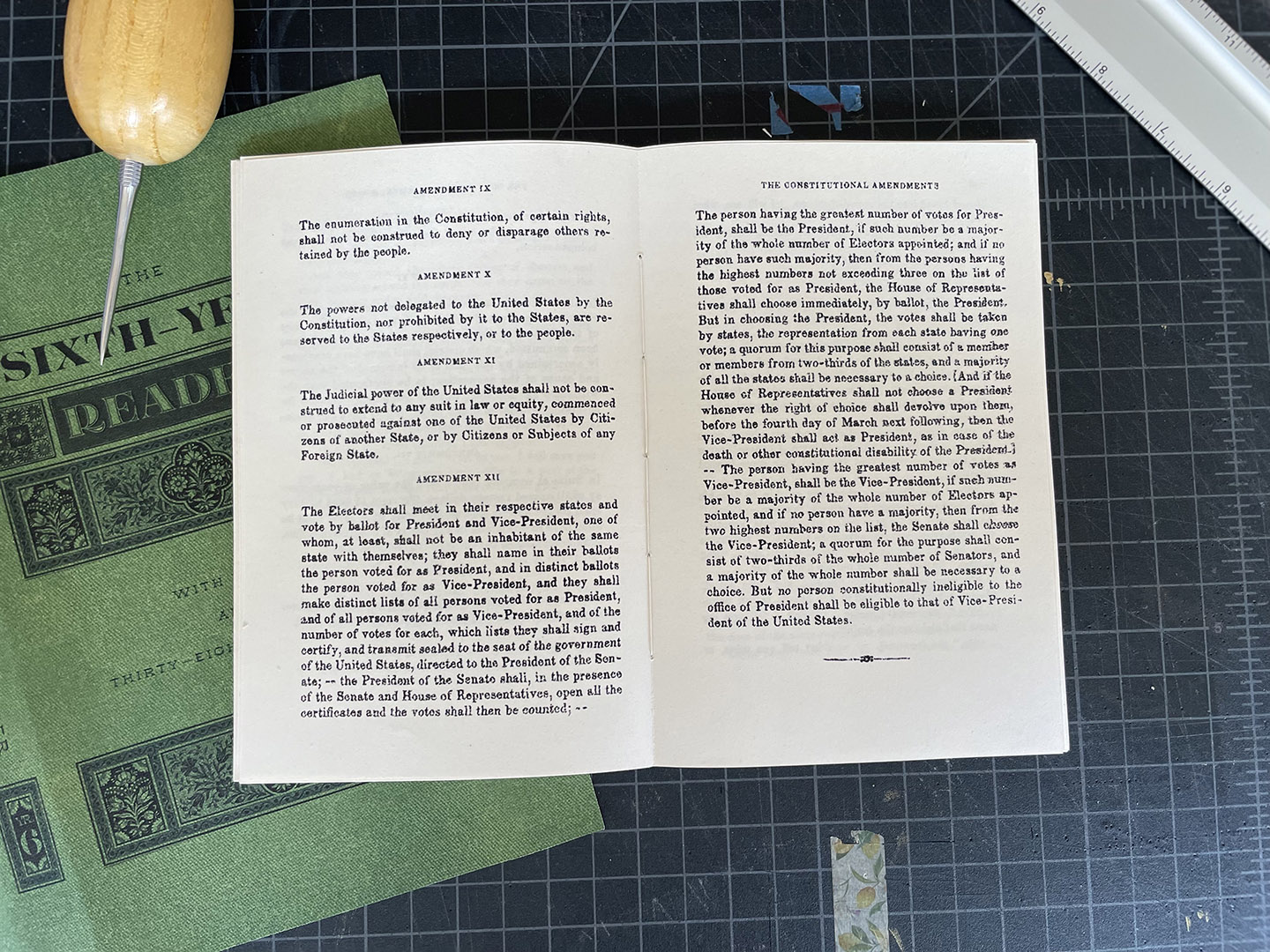
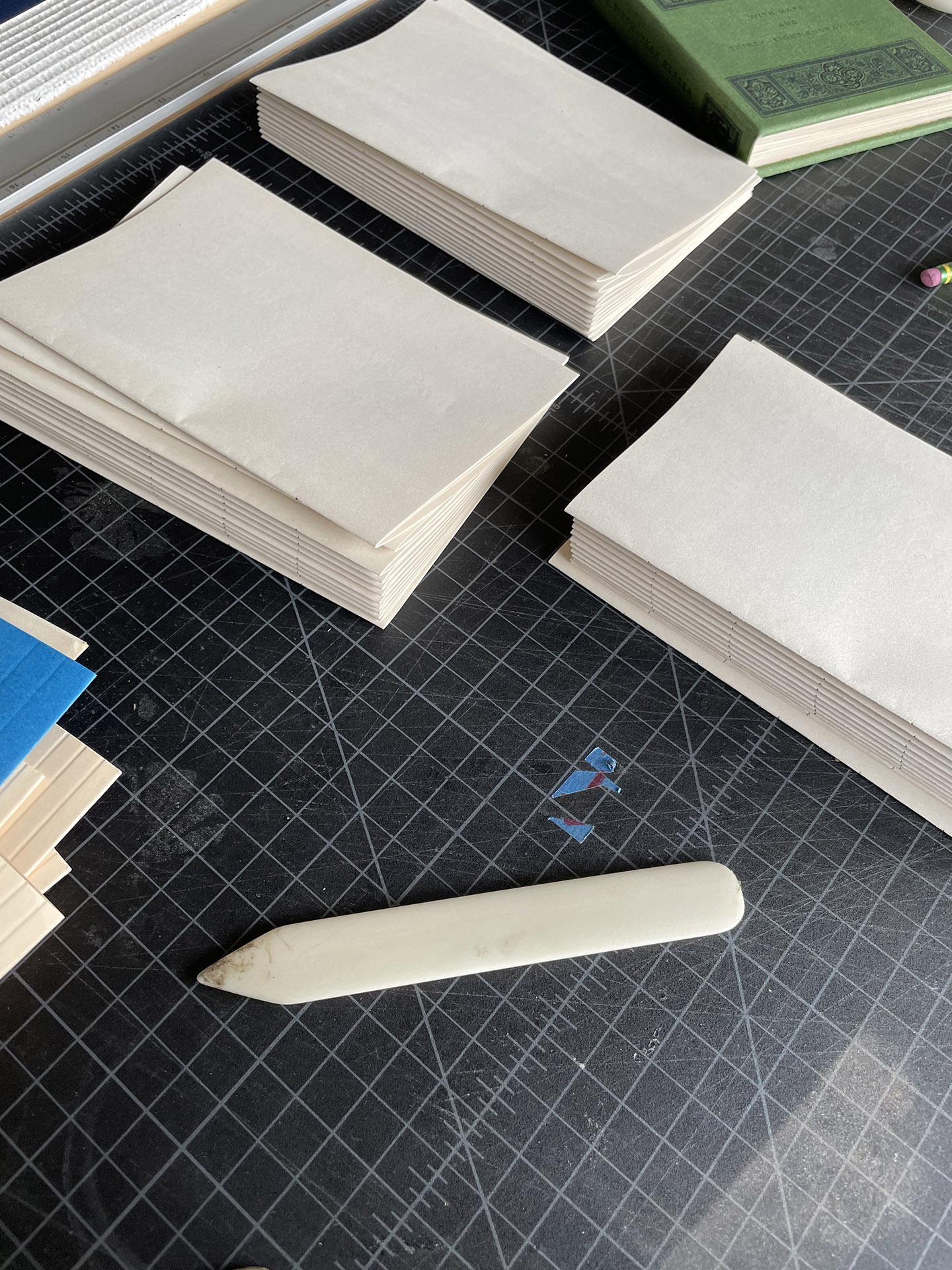
"Without an organised method, it can all start to get overwhelming, which makes it really hard to create and design in an already high-intensity environment. I like to start the day at 8am by processing my to-do list for the day – making note of anything that has changed from the day before and getting caught up on anything important that has come through my email inbox.
"Then (after coffee) I settle in for design work. Our art director(s) and production designer are coming and going from the office throughout the day, so sometimes you'll be waiting to catch someone at the right time to go over the work, get feedback, or answer your questions.
"By the early afternoon, I'm usually ready for a break, so I'll take a breather (maybe another coffee!) and reorganise my tasks and to-do lists before diving into another batch of design work until I 'hit my 10'.
"I always end the day by brain-dumping everything I've got going on into a little grid-paper notebook I keep at my desk. Any unfinished tasks roll over to the next day. This ritual helps me go home and 'shut off' after a long day, knowing that everything I need to remember will be waiting for me in my notebook the next morning."
Advice from a pro
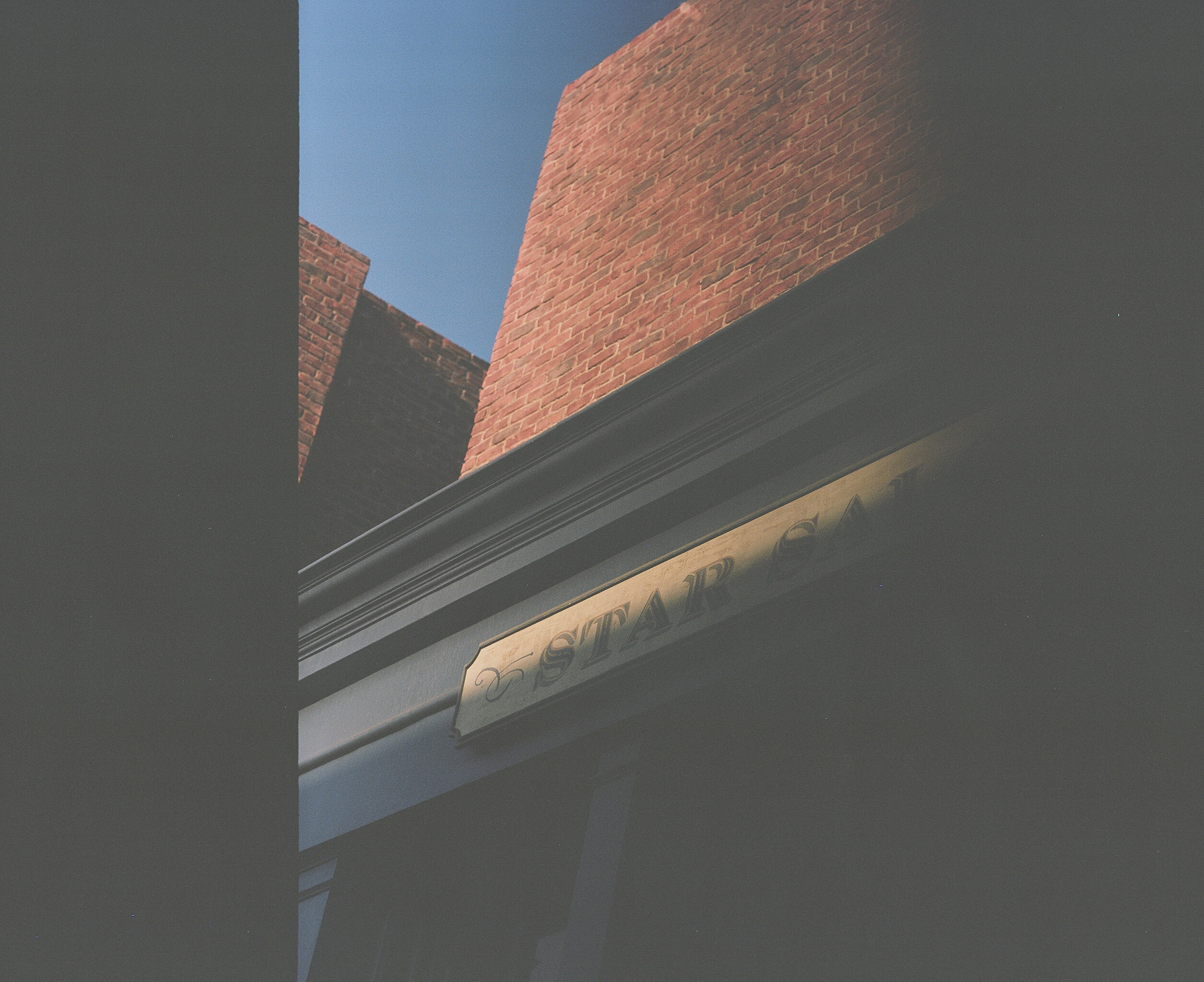
Gina takes time to explain working in film and TV isn't always wonderful and newcomers who want an art career in filmmaking need to go in with their eyes wide open. She has recently started a training website and education platform called A Graphic Designer Made That for anyone wanting to master the skills need to succeed in film.
"Honest and actionable information is always my priority," says Gina. "My goal as an educator is to arm students with the skills, tools, and information they need strategic decisions for their film careers."
It’s a tough landscape to navigate, but there are a lot of people fighting to make the industry better
Gina Alessi, graphic designer
She reflects, "With that in mind, let me say that 2023 was an exceptionally challenging year for film crews and film newcomers, and we aren’t out quite of the woods yet. The industry is going through some restructuring – and as it sorts itself out you might find that breaking into the industry is extra challenging right now".
Gina goes on to say it's important to be patient and stay positive, explaining the real life day to day work of a graphic designer: "It’s a tough landscape to navigate, but there are a lot of people fighting to make the industry better, too – and we hope that the next generation will benefit from that work."
Finally, Gina wants to give her succinct advice to anyone wanting to work in a film or TV art department: "If you’re a designer who has just started in the industry (or hope to be one some day) now is the time to sharpen your graphics skills, hone your portfolio, and learn as much as you can about the industry."
She adds, "And just like any day on the job, we should expect that changes to the industry are coming, so we’ll be ready to pivot and adapt when they do".







